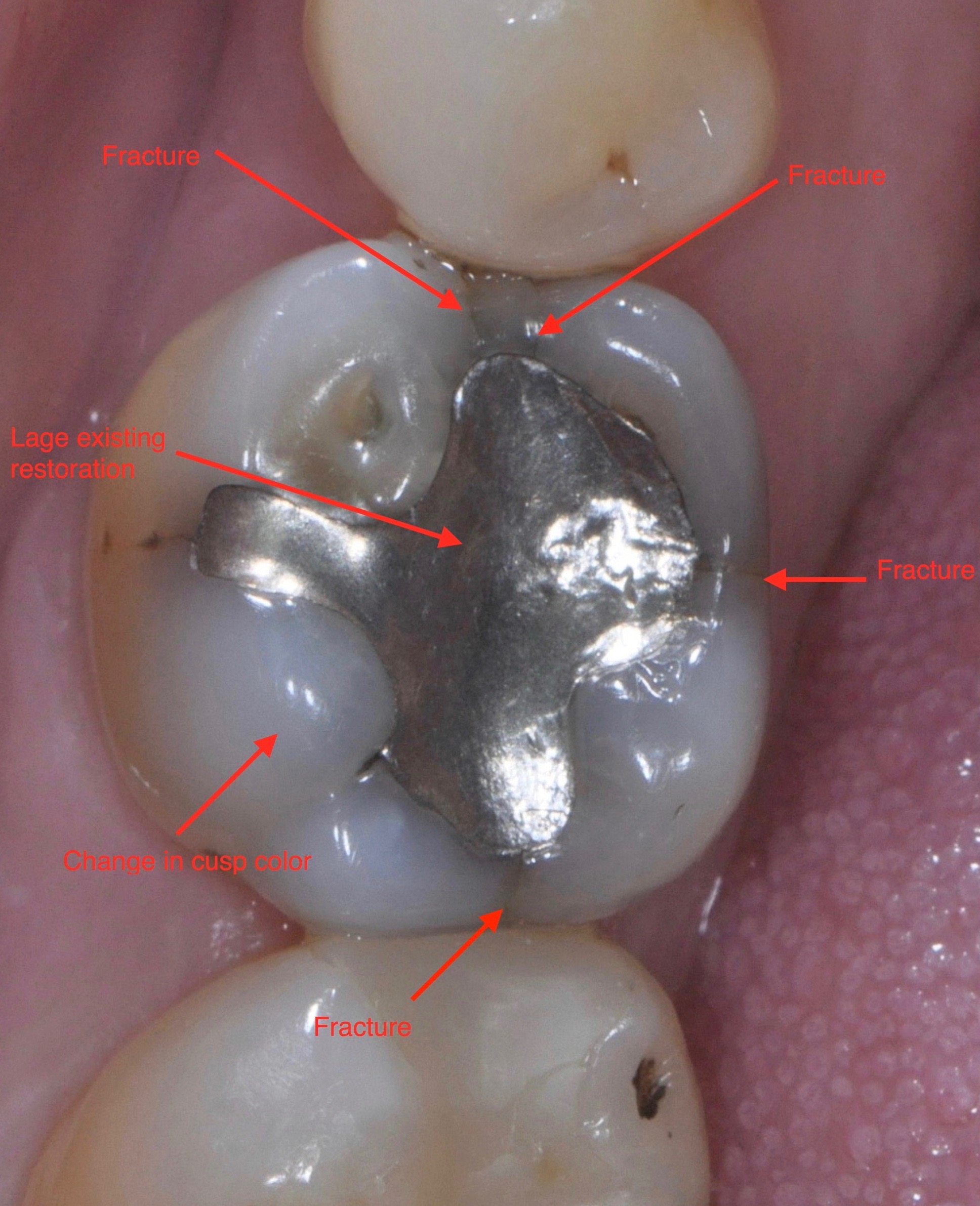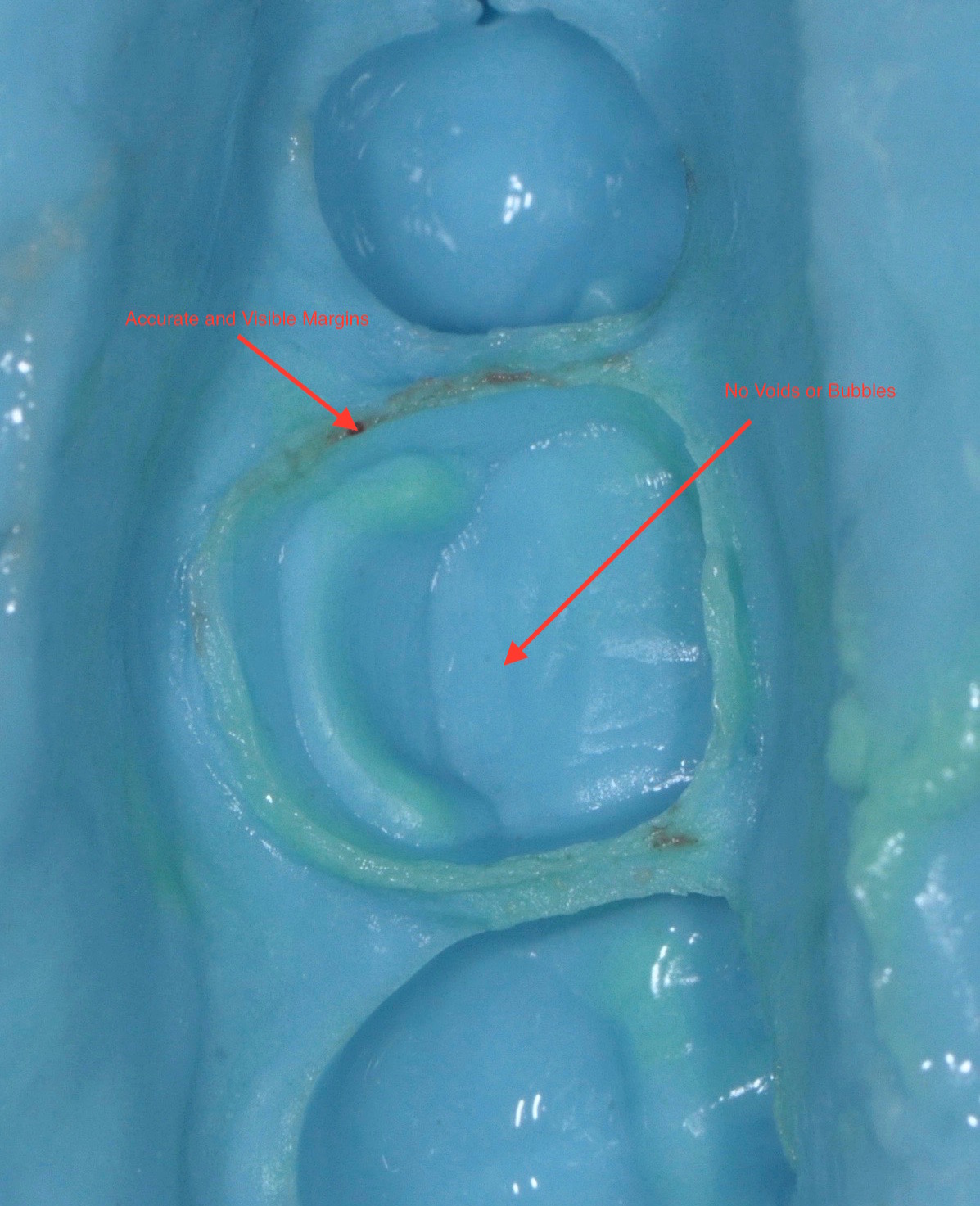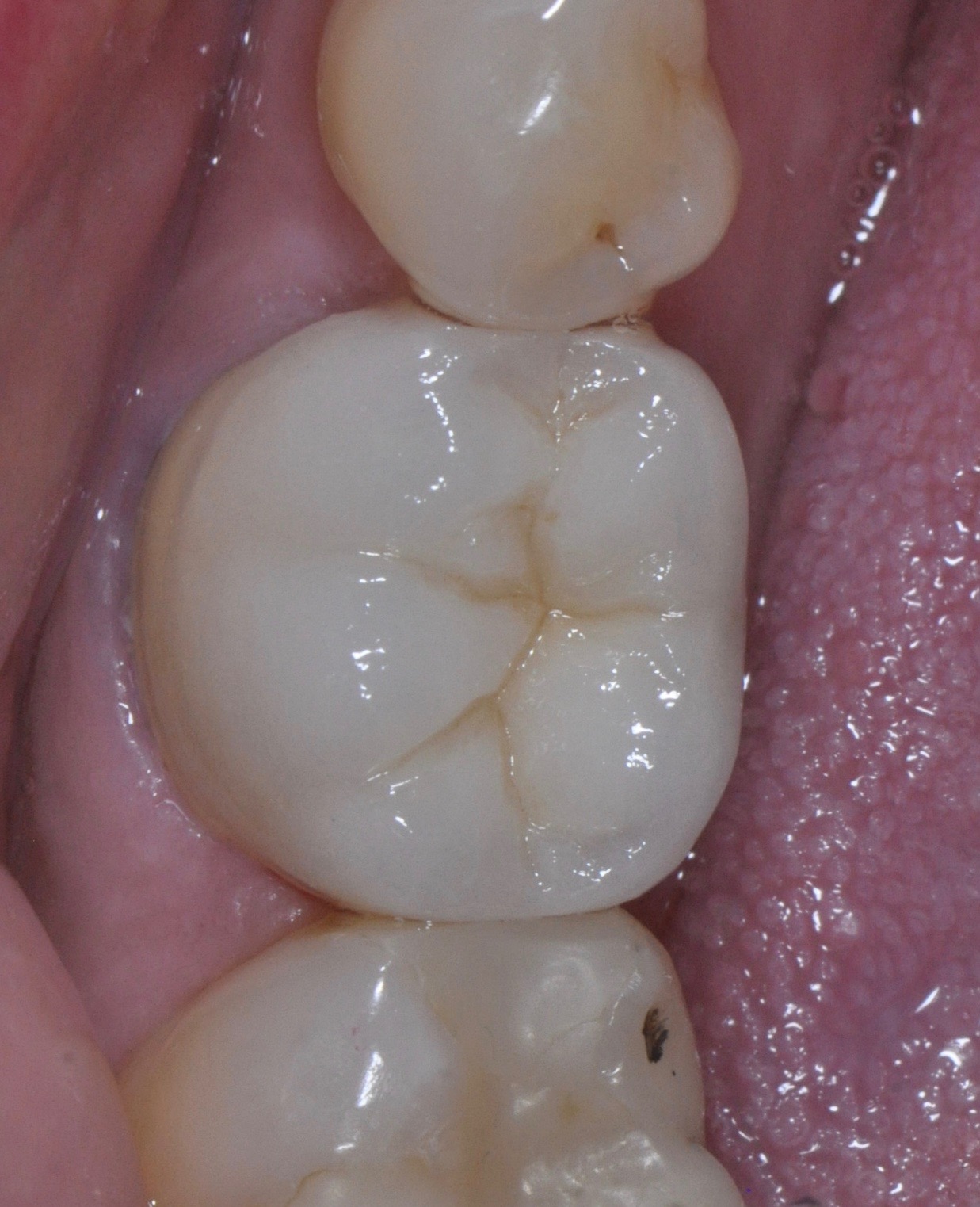The Anatomy of a Crown Preparation
Every day we are asked, Do I really need this crown? This is an important question as crowns, even with dental insurance, can be expensive. When treatment planning crowns, our primary goal is to prolong the life and health of a tooth.






WHY DO I NEED A CROWN?
This is a good question, as we often are treatment planning crowns before patients "feel" any pain. Part of every examination is to evaluate the health of all of the teeth in the mouth. With time, wear, and large existing fillings, teeth can develop fractures. These fractures can weaken teeth and cause the existing fillings to leak. Depending on the extent of the fracture, it can cause pain, the need for a root canal or even cause teeth to fail (requiring extraction). We always attempt to treat teeth before pain develops as pain usually indicates a bigger problem, and will require more costly work.
HOW IS A CROWN PREP DONE?
After the patient is fully anesthetized (numb), the tooth is prepared by reducing the size of the existing tooth structure. This is important because the crown needs to be a certain thickness in order to be strong enough to stand up to chewing forces. We take several measurements during the process to ensure that we have reduced the tooth enough. Too little reduction and the crown can fail. Too much reduction and the tooth can need a root canal. The area around the tooth that has not been drilled referred to as the margin. This margin will be the future continual line of tooth-to-restoration contact, and should be a smooth and well defined so that the restoration can be properly adapted and not allow for any openings, however slight. After careful preparation of the tooth the gums are gently retracted with a special cord with a solution that helps stop any bleeding.
The most important step: take an impression of the preparation.
The crown preparation impression is the most critical step in the procedure. If the impression we take is not perfectly accurate, the lab (who fabricates the crown) cannot make the crown fit well. The tray can be large, but the process is quick and is over in a few minutes.
A temporary Crown is fabricated
A temporary crown is fabricated for you to wear while your crown is fabricated. At our office the temporaries are hand-made by a doctor. This is important because temporaries should fit well and be comfortable. A temporary serves to protect the tooth from bacteria in your mouth, it also insulates the tooth and holds the tooth in the proper position. The temporary is cemented on with a special cement that is designed to come off. This helps us take the temporary off without damaging the preparation. You can read more about how to care for your temporary here. You should expect to wear your temporary for 2-3 weeks.
Delivery of the Permanent Crown
The temporary is removed and the permanent crown is seated. A doctor will verify that the fit is correct, we will also spend time making sure that the "bite" is correct. It is important that your crown feels "right"! We never want you to have to feel like you have to "get used" to your new crown. An x-ray will be taken to verify that the crown fits perfectly.
How long will a crown last?
We get this question a lot and it is a difficult question to answer, because it really depends on how well you are taking care of your teeth. The average lifespan for a crown, in the United States, is 10-15 years. We routinely see our crowns last much longer than the national average.
